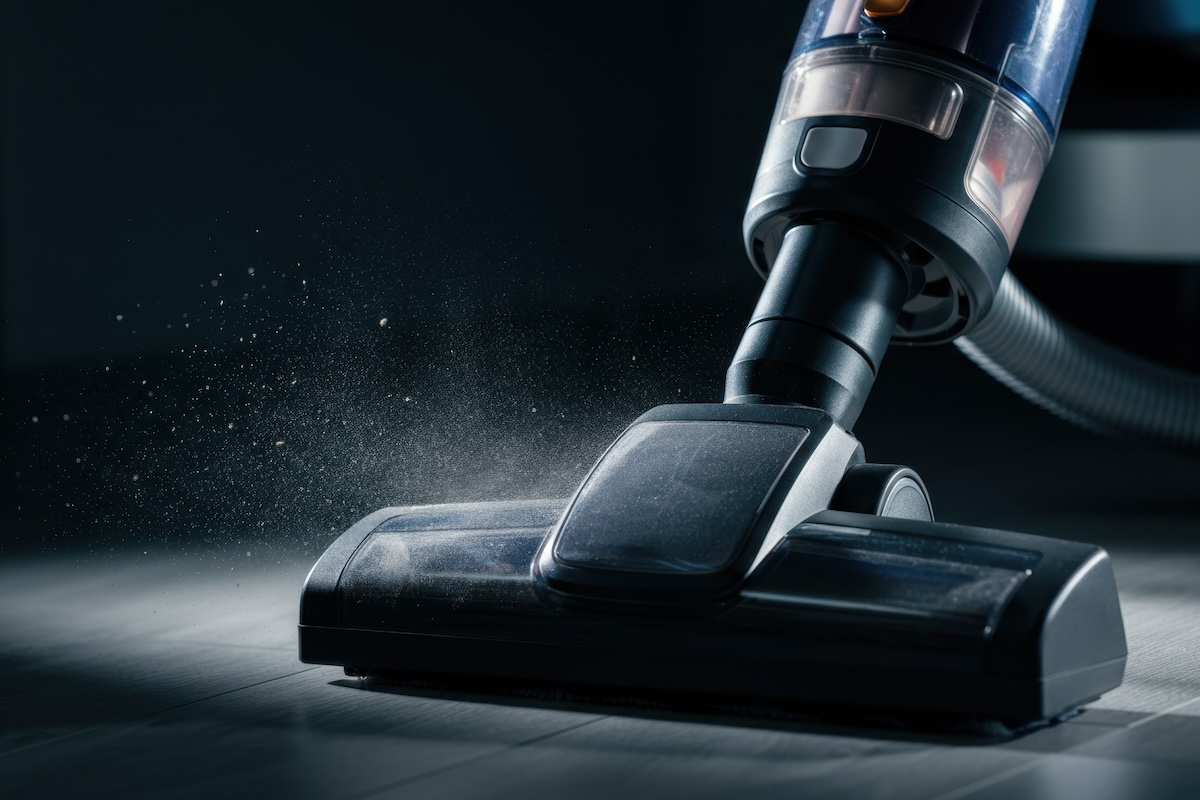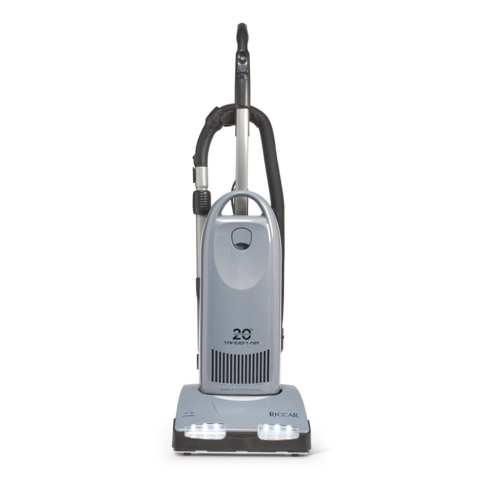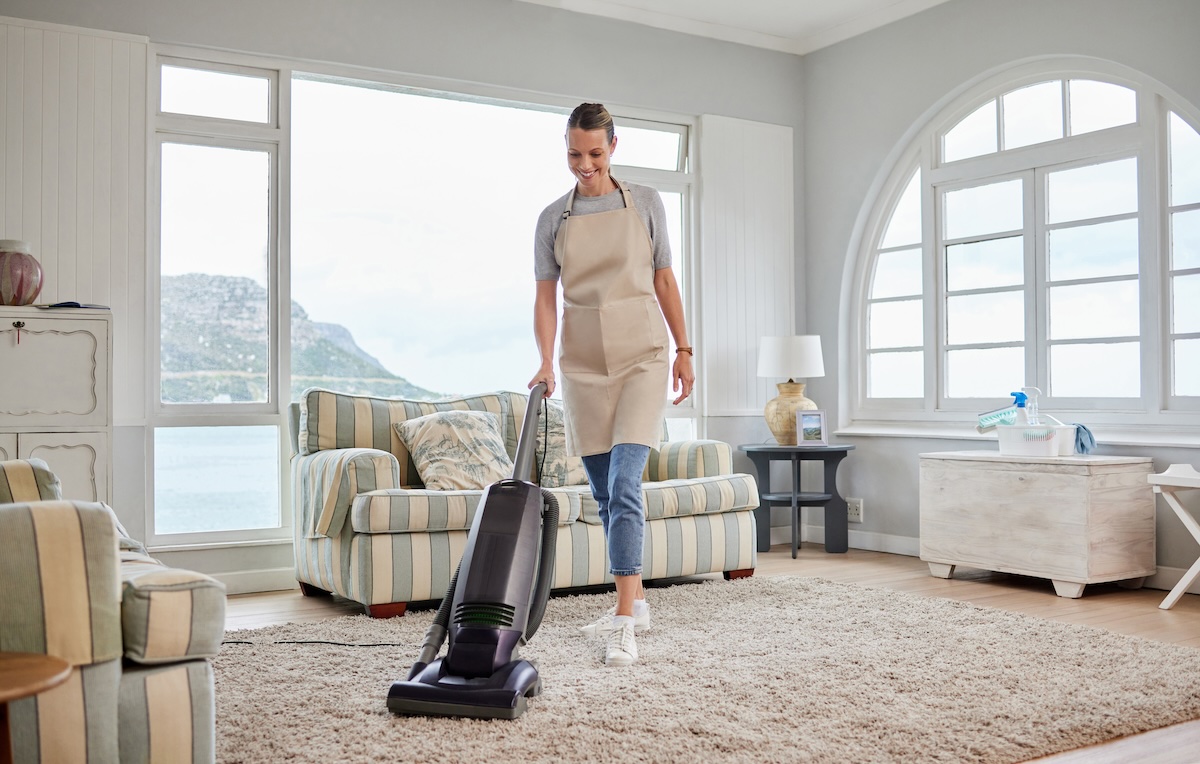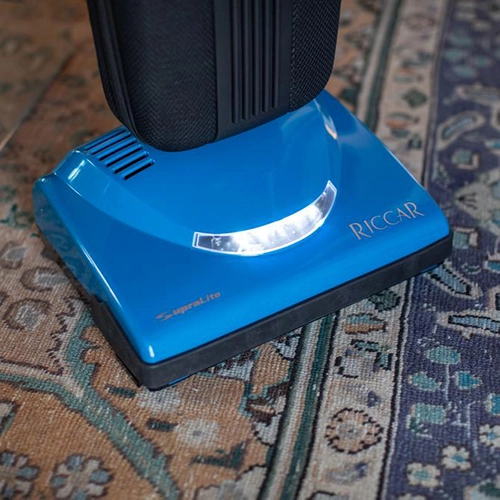You start to notice the smaller things once you’ve used enough machines. For example, the way a bagged upright settles into a steady hum after a few passes, or how the exhaust feels cleaner on your hands when you’re checking airflow near the vents. Those details don’t usually make the marketing sheets, but they show up in real-world homes—especially the ones where someone is vacuuming several times a week because of pets or seasonal allergies.
Bagged uprights, in particular hold a steady place in homes like these that expect reliable results every time the machine comes out of the closet. Many people choose them for allergy relief, for deeper carpet agitation, or simply because they want a machine that stays consistent year after year. Vacuum technicians often see the same pattern: people switch to a bagged upright vacuum for one specific reason, then keep it because the whole room feels fresher afterward. It’s the kind of thing you only appreciate after a few months of regular use, when consistency becomes a lot more relevant than many of the specs printed on the outside of the cardboard box.
A 2022 scientific study on HEPA air cleaners gives a useful point of reference. Researchers found that when the units were set up properly—three machines running at a medium airflow—the indoor PM2.5 level dropped to about 9.7 µg/m³, with indoor particles reduced to roughly 22% of the outdoor level. The improvement reached as high as 56%. Those numbers shift depending on how the equipment is used. Airflow settings, the number of machines, outside particle levels, and whether windows are open all play measurable roles. Anyone familiar with vacuum filtration will recognize the trend: the system performs at its best when the airflow path is controlled and the filtration media is working within its ideal range.
This article takes a closer look at why their filtration and airflow designs matter, how they handle debris differently from bagless systems, and the types of homes that usually benefit the most.
The Quality of the Filtration Shapes the Whole Cleaning Experience
A vacuum’s filtration is trapping dust, but it’s also controlling how the motor breathes, how much debris escapes into the room, and even how long the vacuum lasts before needing service. Bagged uprights tend to perform especially well here because the bag itself acts as part of the filtration chain. In a sealed system, the bag, the motor filter, and the exhaust filter work together instead of forcing a single filter to carry the load.
Bagged canisters can filter just as effectively, but their airflow has to travel through a longer hose-and-wand path before it ever reaches the bag. Every joint and bend adds a small opportunity for leakage or resistance, so the whole system depends more on perfect seals than a typical upright does.

Higher-end models often use HEPA or S-Class media that capture tiny particles in the 0.3-micron range. That’s about the size of smoke or fine dander. In practical terms, it reduces the haze of ultra-fine debris that can linger in sunlight after vacuuming. A lot of homeowners don’t notice that haze until they switch machines. It’s one of the details that separates higher-end, more dependable machines from ones that feel like they’re cleaning but aren’t really improving the quality of the indoor air.
Q: Can a Vacuum Cleaner Make Indoor Air Quality Worse?
Yes, a vacuum cleaner can make the air worse when its filtration system leaks or overloads. Machines with loose seals, worn gaskets, or low-quality filters let fine particles escape through the housing under motor pressure. The airflow pushes those particles into the room, which creates more airborne dust than before you started cleaning. You see it most in cheaper bagless models where the pre-motor and exhaust filters clog quickly or never fully seal against the frame. That said, even a good quality vacuum can behave this way if the bin is packed full or a filter hasn’t been replaced on schedule.
Vacuum repair techs notice the pattern because the inside of the machine tells the story. Dust coating the motor compartment, gray buildup on wiring channels, filters that look overwhelmed after only a few uses. When a vacuum reaches that point, the air coming out of the exhaust can carry a higher concentration of micro-particles than what went in.

How Bag Design Helps Maintain Steady Suction
Bagless bins rely on cyclone chambers and replaceable filters that eventually clog. Bagged uprights distribute debris across a larger surface area. As the bag fills, the airflow path stays clearer, extending the period of strong suction. You feel that difference most on thicker carpets or rugs where airflow resistance is higher.
You’ll sometimes hear people ask whether a bagged canister behaves the same way, since the filtration media is similar. A well-built canister can keep steady airflow too, but the air has to travel through a longer hose-and-wand path before reaching the bag. Each connection point adds a little resistance. It doesn’t hurt performance in a typical home, but it does mean uprights stay more predictable in spaces where most of the square footage is carpet. That’s why you might see them chosen more often in homes that vacuum several times a week.
The other advantage is how the debris settles. Dirt falls downward and compacts, leaving the top of the bag more open for air to pass through. With a canister-style dust bin, debris tends to swirl and cling to walls, creating flow restriction earlier in the cleaning cycle.
A quick aside here: people often assume that “losing suction” is a motor problem. Nine times out of ten, it’s airflow blockage—usually from some type of vacuum filter problem, hair-wrapped brushrolls, or packed bins. Bagged uprights sidestep a lot of these pitfalls simply because their internal airflow environment stays cleaner.
Why Bagged Systems Usually Win in Allergy-Sensitive Homes
Any home that deals with asthma, chronic allergies, or heavy shedding benefits from minimizing exposure during disposal. Self-sealing bags close automatically as you pull them out, keeping everything contained.
Bagless bins, even when emptied carefully, release a small cloud of fine debris each time. For someone vacuuming several times a week, those exposures do add up.

Sealed systems also block the micro-leaks that develop in cheaper machines—gaps around gaskets or seams where dust escapes under motor pressure. Better brands reinforce those seams with proper gaskets and rigid housings, giving the filtration system a controlled airflow path from intake to exhaust.
Strong Carpet Cleaning Comes From Mechanical Agitation
Motor power matters, but carpet cleaning depends heavily on brushroll design. Bagged uprights often use heavier-duty components: metal brushrolls, replaceable bearings, and stronger belts. Height adjustment also plays a major role. A brushroll set too low drags and restricts airflow; too high and the bristles barely reach the carpet base.
Steady suction plus a properly tuned brushroll is what gives bagged uprights their reputation for lifting embedded grit—the type that wears carpet from the inside out. Many service technicians see the long-term effects up close: carpets that look “worn out” are often just filled with compacted dirt that weaker machines fail to remove.
Who Benefits Most From a Bagged Upright?
Bagged uprights tend to excel in:
- Homes with medium-to-deep carpet
- Pet-heavy environments
- Allergy-sensitive households
- Spaces where the vacuum is used several times per week
- Homes that want minimal maintenance beyond bag changes
- Households that prefer a longer-lasting machine with rebuildable components
They’re also well-suited for people who don’t want to deal with messy filter wash cycles or bin clouds. Once someone switches to a sealed HEPA bag system, they often realize how much cleaner their routine becomes.
Maintenance Habits That Keep Performance High
Routine upkeep is straightforward:
- Replace bags at around 2/3 capacity. Airflow drops once debris reaches the top third of the bag.
- Inspect filters on schedule. HEPA and S-Class systems rely on clean airflow to maintain efficiency.
- Clear the brushroll regularly. Hair buildup increases resistance and strains the belt and motor.
- Get periodic tune-ups. Shops like Edison Vacuum often catch aging belts, worn bearings, and early motor issues before they turn into expensive repairs.
One recurring observation from technicians: a machine with a clean brushroll and fresh bag will outperform higher-powered vacuums that haven’t been maintained.
Can a Bagless Vacuum Be the Better Fit?
Sure, there are a few situations where a bagless system is more practical:
- Homes with minimal carpet
- People who don’t mind washing filters regularly
- Occasional vacuuming rather than daily or near-daily cleaning
- Users who prefer to see debris levels without checking a bag
Some people also lean toward bagless because they’ve gotten used to the little habits that come with them—tapping out a filter on the porch, rinsing a pre-motor pad in the sink, or checking how much pet hair piled up after a long week. It becomes part of the routine.
For example, you’ll sometimes hear someone say they “like seeing all the debris in the bin” because it feels like proof the vacuum is doing its job. Vacuum technicians see that mindset often, especially with homeowners who clean only when needed instead of on a set schedule. Bagless models can fit comfortably into that pattern, provided the user stays on top of filter maintenance and doesn’t mind some amount of dust escaping during emptying.
Even then, filtration consistency varies across bagless models. For allergy-sensitive environments, a sealed bagged upright still tends to be the safer bet.
Final Thoughts

In the end, choosing between bagged and bagless comes down to how you live and what you expect out of a vacuum day to day. People tend to settle into the machine that demands the least from them while giving the most reliable results, and that’s usually the one that keeps airflow steady and filtration predictable.
You’ll start to see the difference over time—carpets that look better between cleanings, fewer dust puffs when the sun comes through the window, and a machine that doesn’t feel like it’s struggling every time you switch it on. A good bagged upright keeps doing the job without asking for much in return.



